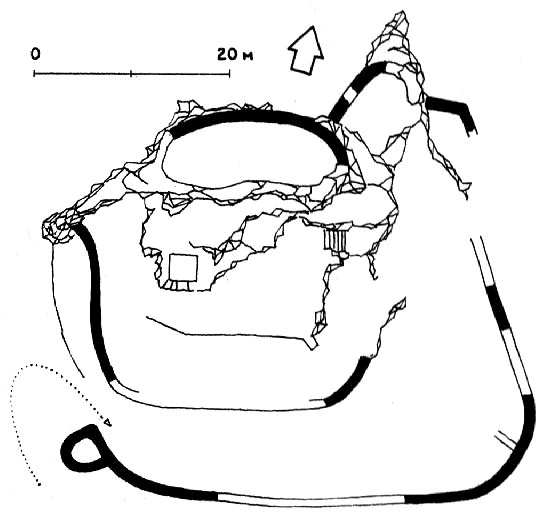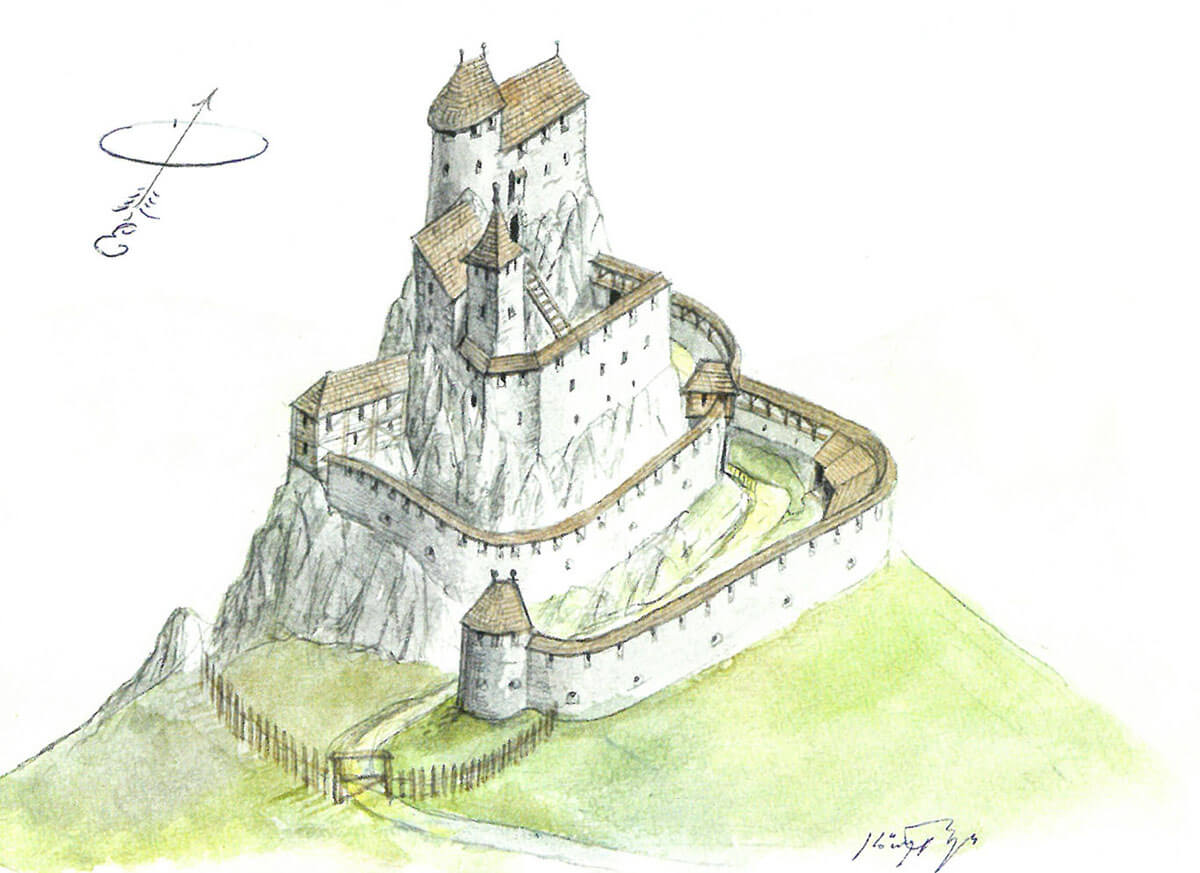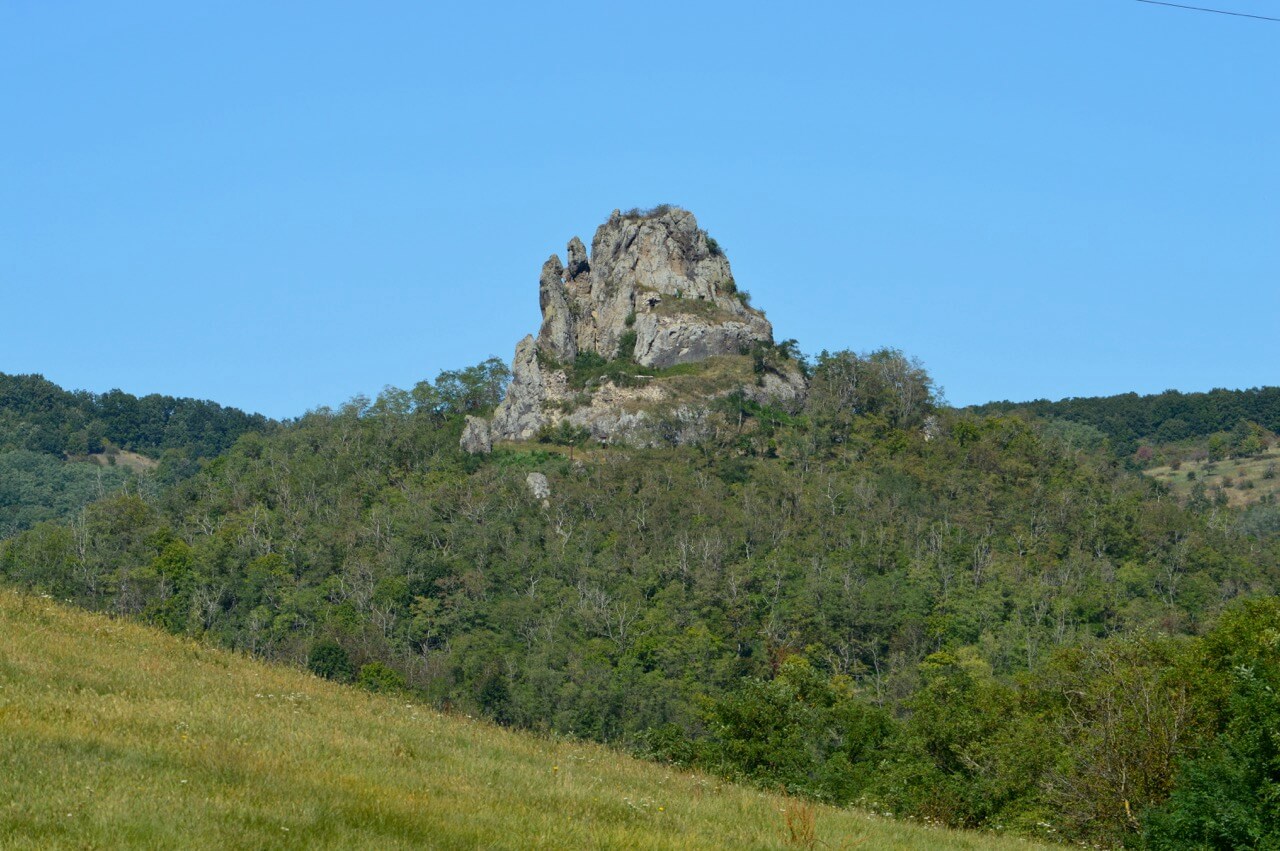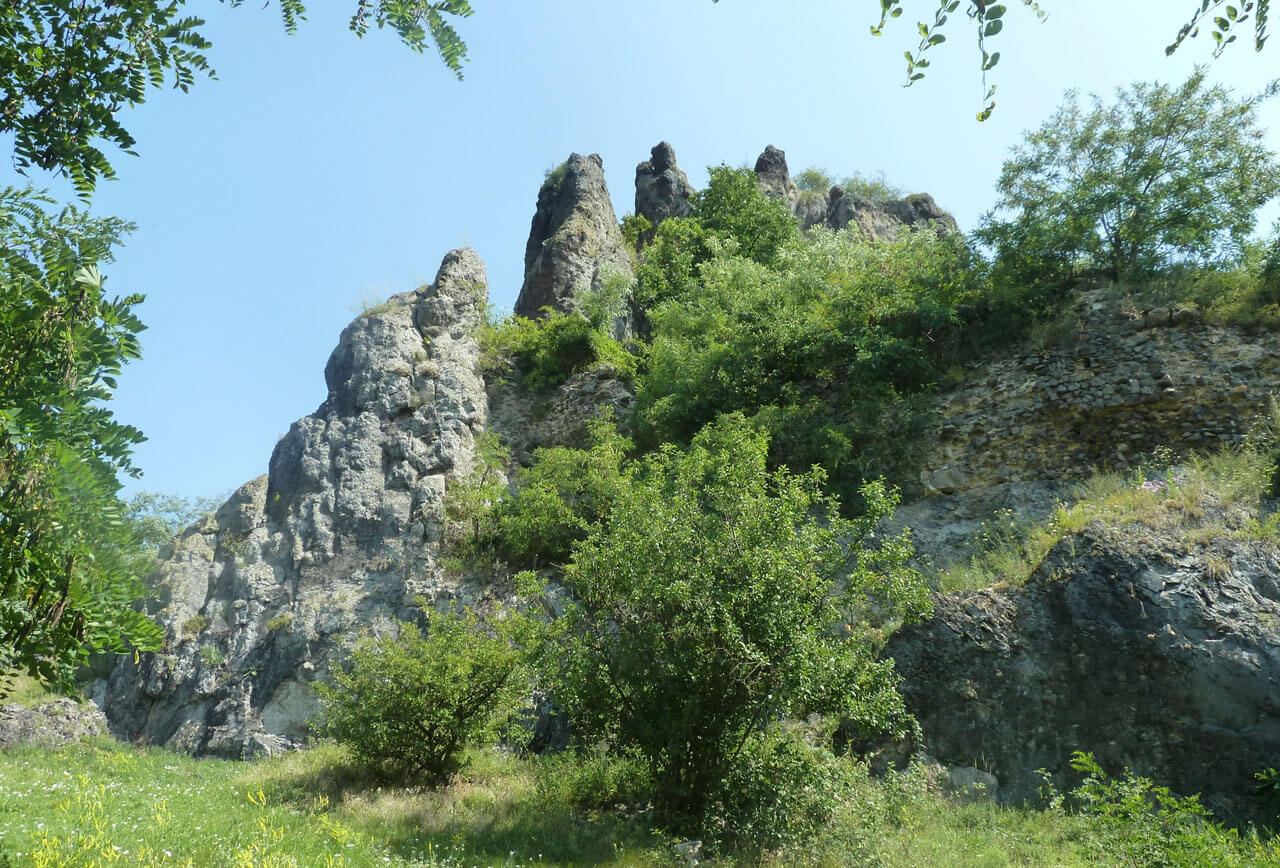History
The beginnings of wooden and earth fortifications on the castle hill date back to the first half of the 13th century. It probably served as a place of refuge during the Mongol invasion in the years 1241 – 1242, because in a document from 1245 King Bela IV praised the merits of the local population during the battles with the invaders. The stone castle Hajnacka (Ajnácskő) was probably built soon after by the župan Mikov, ancestor of the mighty Balass family. The first written record of it comes from 1320, when King Charles I of Hungary confiscated it from Aleksander, son of Velk from the Hunt-Poznanski (Hontpázmány) family.
In the first quarter of the 14th century, king Charles of Hungary handed the castle to Thomas Szécsény, whose descendants held it until 1424, when it was confiscated, allegedly because of the immoral conduct of Thomas’ grandson, who lived with Janos Garai’s wife, Duchess Jadwiga of Mazovia. Subsequently, the castle became the property of Queen Barbara, but already from 1438 Hajnacka became the property of the noble family of Palóci (Pálóczy) on the basis of a pledge. Their last member, Antal Pálóczy, died in 1526 in a lost battle with the Turks at Mohács, as a result of which the local goods fell into the hands of Melchior Balassa, who led a robber lifestyle. Due to the rapid progress of the Turks, the castle was included in the line of anti-Ottoman fortifications. Already in 1545, the castle was captured by Turkish troops, but they left it after a short time. In 1565 it was again conquered by the Turkish army, which this time was stationed there until 1593.
At the turn of the 16th and 17th centuries, the castle was recaptured by the imperial troops, but it was again conquered in 1645 by George Rákóczi’s insurgents, who allied with the Turk for the next four years treated it as a base for armed expeditions. In the following years of the 17th century, the owners of Hajnacka changed several times, although the castle still had residential functions and did not lose importance. In 1703, when Ladislav Osckay’s troops occupied the castle at the beginning of the Francis Rákóczi uprising, a fire broke out in it. After a dozen or so years, the destroyed building was abandoned and fell into total ruin.
Architecture
Current state
The castle has been preserved in a debris state. Its humble relics are hardly visible and hard to reach. One can admire only the rock formations on which the stronghold was erected.
bibliography:
Bóna M., Plaček M., Encyklopedie slovenských hradů, Praha 2007.
Sólyom S., Ajnácskő vára, “Várak, kastélyok, templomok”, kötetszám június, Pécs 2011.
Wasielewski A., Zamki i zamczyska Słowacji, Białystok 2008.




